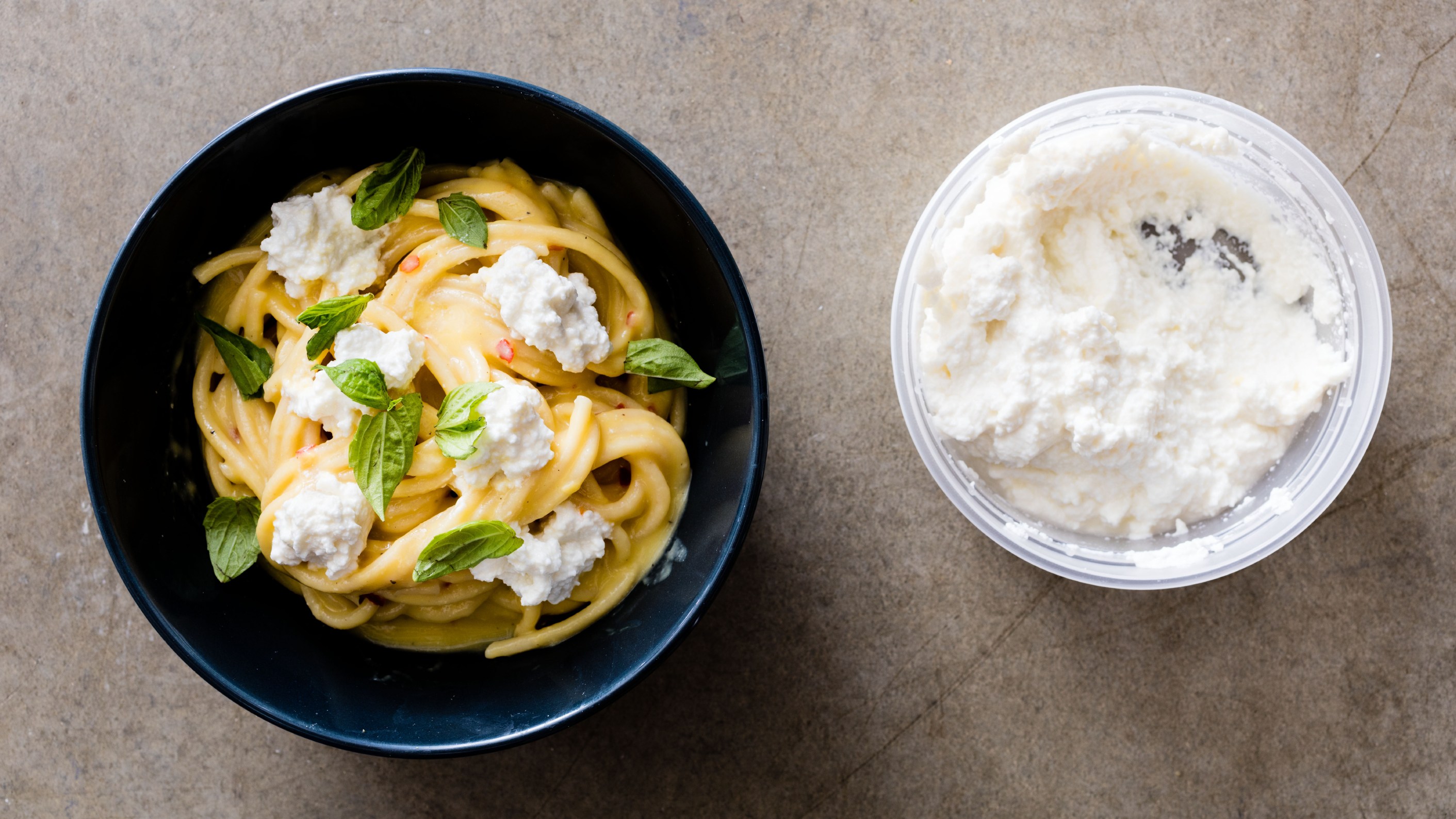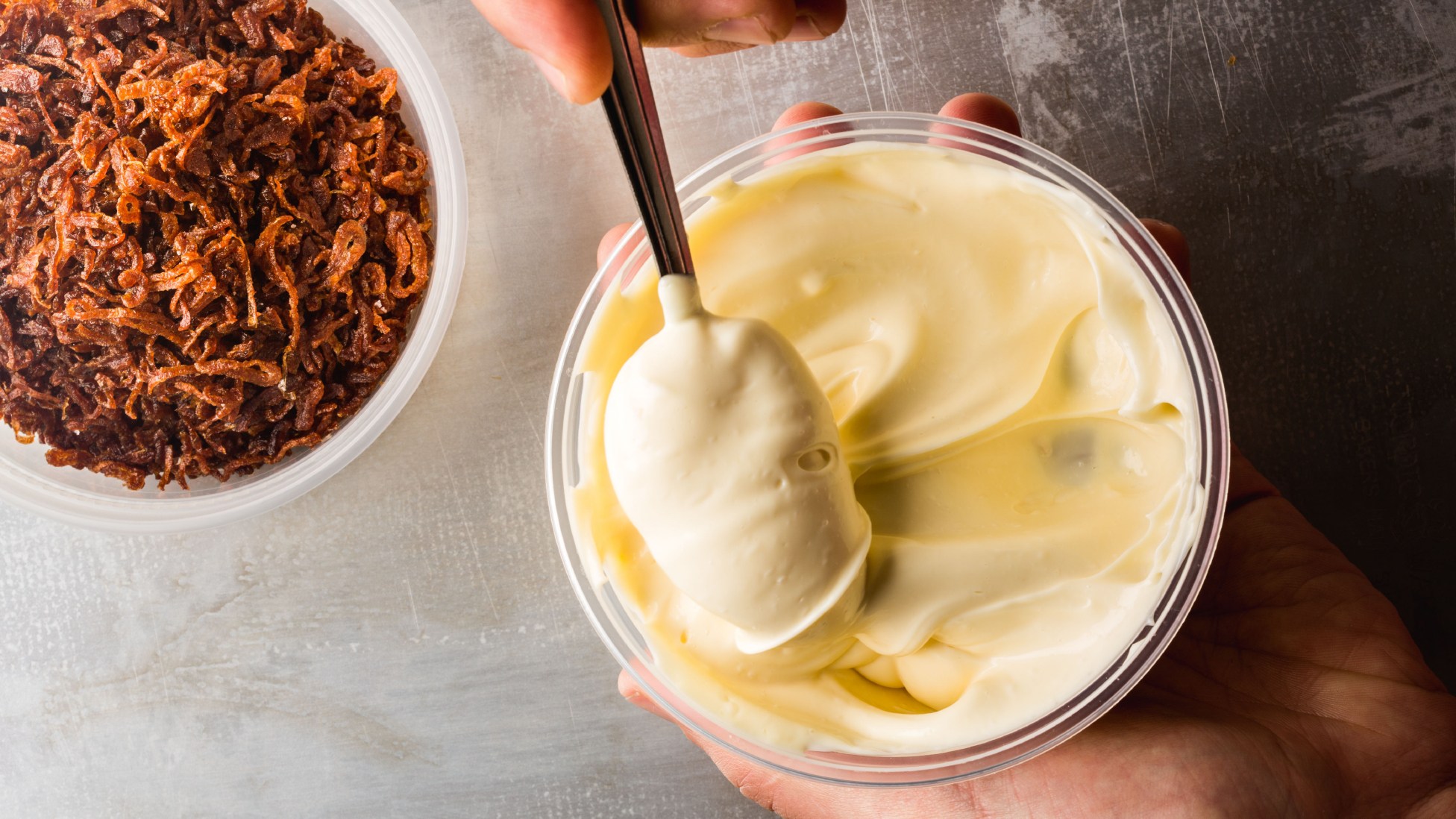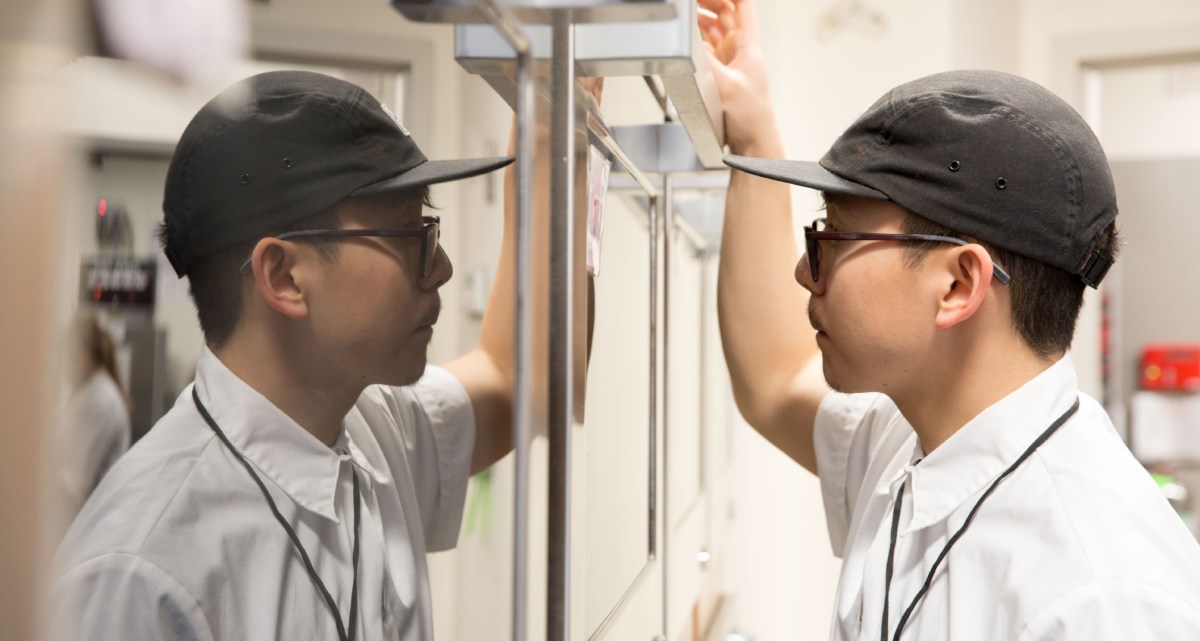In this weekly series, associate editor Tim Chin and test cook Sasha Marx take you behind the scenes of Cook’s Science and give you a glimpse into our recipe development process, from how we come up with recipe ideas, to test kitchen failures, to discoveries we make along the way. This week, Tim talks about the importance of minimizing food waste and gives tips for doing more in the kitchen with less.
With the world reeling from recent developments concerning the Paris Agreement, it seems that climate change and the environment are at the forefront of the American mind. Sustainability, clean and renewable energy, and reduction in overall waste are key concepts in the battle against global warming. In recent years, even cooking has seen a movement toward zero-waste practices and “closed loop” systems as chefs feel increasing responsibility to be kind to the environment. Pop-up restaurants like Dan Barber’s wastED and sustainability-driven kitchens like Relae in Copenhagen are the vanguard of groups aiming to shift public perception of food “waste” and redefining what it means to be resourceful in cooking. But you don’t have to be a fancy-pants fine dining chef to minimize food waste in your life.
A couple days ago, Sasha and I were going over our catalog of recipes on the Cooks Science website, and we realized that several of our recipes are pretty resourceful and waste-conscious. Take Sasha’s Creamy Corn Bucatini with Corn Ricotta and Basil, for instance. He steeps corn in milk, then uses the corn for a smooth sauce and the milk to make ricotta; he even takes the leftover whey from making the ricotta to cook the bucatini. Sasha considered every ingredient, and tried to maximize its potential to pack as much corn and dairy flavor into the dish as possible. The same can be said of Dan’s Fried Shallots and Fried Shallot Oil, in which the oil can be used to make Fried Shallot Oil Mayonnaise or Fried Shallot–Sherry Vinaigrette. Then there’s my Fresno Chile-Carrot Hot Sauce: The leftover chile-carrot-garlic mash is delicious, intensely spicy, and pungent—it’s great on sandwiches, oysters, or even as a dip. And perhaps my favorite example of re-use: Sasha’s Beet Kvass Molasses, a sweet and sour concoction using the byproduct of lacto-fermented beets.

The truth is, most of us waste a lot of food when we cook. We throw out stems, skins, ugly or blemished fruits and vegetables, and sometimes perfectly good food when we’re just tired of eating those leftovers. But more often than not, there are ways to use all that waste to make something delicious. Those vibrant green carrot tops from your local farmer’s market haul? Put them into a stock, or blend them into soup. Leftover pickle brine in a jar? Pickle some other vegetables, or use it in cocktails. Woody broccoli stems? Peel and blanch them, or cut them small to add some crunch to a salad. In fact, you should probably save most of the stems and leaves that you might otherwise discard, because they’re often packed with flavor. (Parsley stems, cilantro stems, and celery leaves sometimes provide even more flavor than the parts that you would typically use.) Vegetable and poultry trimmings can be easily saved for stocks. Bruised or overripe fruits are perfect for making a quick jam or compote. Get to the end of your Parmesan wedge? Save that rind and throw it into a simmering soup or stew for a savory boost. Have a recipe that calls for egg whites? Cure the leftover yolks and grate them on . . . everything. Stale bread makes great bread crumbs or bread pudding. And of course, leftover herbs are great for Sasha’s Fresh Herb Finishing Salts. And if all else fails and you don’t know what to do with your food scraps, I strongly encourage composting if you can do it. Sometimes you just can’t really find a good use for those leftover coffee grounds and eggshells.

The cook’s adage should probably be something like this: Do more, with less. But it’s not just about using waste for the sake of using it. Learning to coax and develop flavors out of even the most humble of ingredients is arguably the most important skill a cook can cultivate. For me, using scraps and waste isn’t just some kitschy food trend that’ll die out in a few months. It’s a more holistic way to look at food, it saves money, and it reduces my ecological footprint. It forces me to think creatively and mindfully about ingredients, and ultimately makes me a better cook.
So the next time life gives you overripe, brown bananas, make some bomb banana bread. And maybe save those peels to make some banana vinegar. Seriously. It’s good.
Photography by Steve Klise, Joe Keller, and Daniel J. van Ackere.





